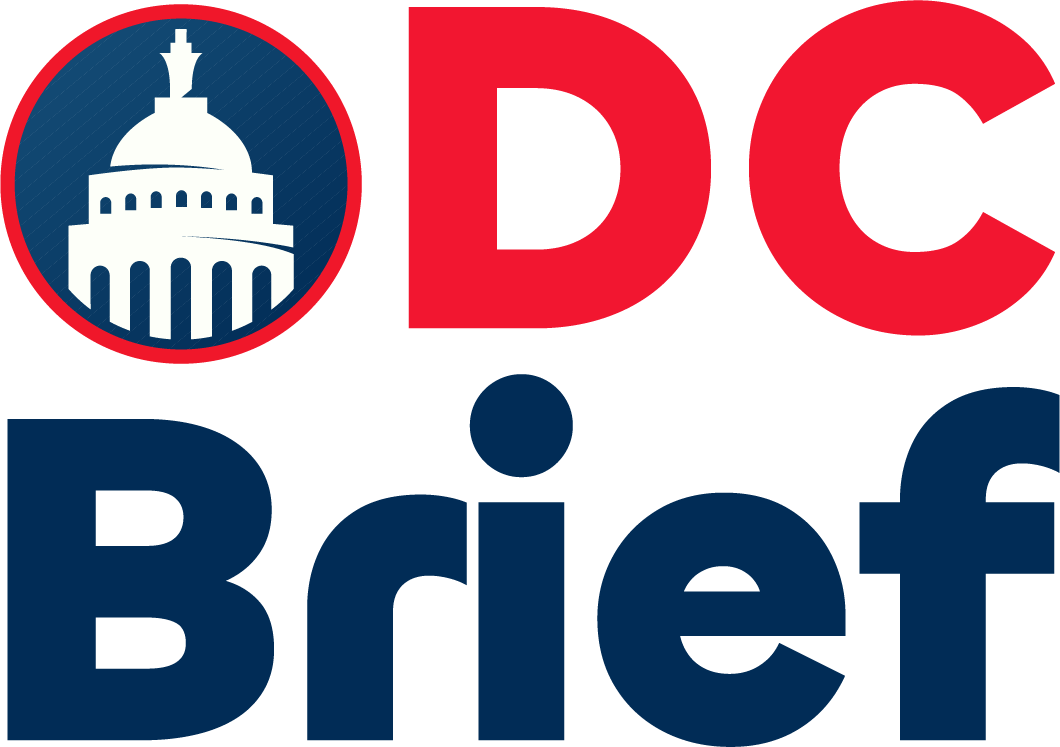TikTok will roll out major changes to its community guidelines on September 13, 2025. The updates aim to create safer spaces, clarify expectations, and address fast-moving digital trends. At the heart of this shift is TikTok’s AI labeling push, designed to prevent confusion and manipulation using artificial intelligence.
The platform now requires creators to clearly label any content that AI generates or alters. This change strengthens older rules but adds stronger enforcement tools. Deepfakes and misleading edits, especially around politics or health, must carry warnings. TikTok says this will help users trust what they watch.
Sandeep Grover, TikTok’s global head of trust and safety, announced the changes in a blog post. He explained that the rules now use simpler language and more examples. The goal is to help users understand what’s allowed and what’s not.
Misinformation rules are also getting tighter. TikTok will remove content that denies established science on issues like climate change or vaccines. The company says this helps stop the spread of harmful or false ideas. AI tools will assist with moderation, though human reviewers will still check for errors.
Another part of the update targets off-platform promotions. TikTok will limit how much streamers can redirect viewers to other sites. Streams pushing external links won’t appear in the “For You” feed. This could affect creators who rely on outside platforms to earn.
The new bullying policy also expands. It now includes subtle harassment, like repeated rude comments. TikTok wants to protect younger users, so it will issue warnings before harsher punishments.
Commercial posts must also meet new standards. Sponsored content and affiliate links now need clearer disclosures. This matches global ad rules and could reduce shady marketing tactics.
Despite the platform’s AI labeling push, some creators worry about overreach. On X, formerly Twitter, users voiced fears about censorship. Some claim TikTok might punish political opinions or off-platform behavior. So far, TikTok says it only targets misinformation and harmful content.
To ease confusion, TikTok included examples with each rule. These updates continue the company’s trend of tightening controls since 2023. At that time, TikTok added early rules on AI and scientific misinformation.
Experts believe this AI labeling push shows how seriously TikTok takes trust and safety. With over 1.5 billion users worldwide, the platform faces pressure from governments and watchdogs. These updates may influence how YouTube and Instagram update their policies.
TikTok says it wants to support creativity without causing harm. The coming months will show whether these changes build trust or push creators away. Either way, the platform’s choices now may shape social media’s future.
For more tech updates, visit DC Brief.


